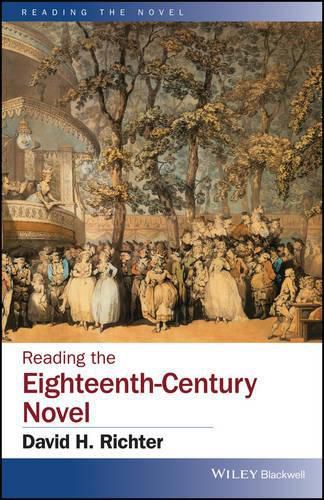Readings Newsletter
Become a Readings Member to make your shopping experience even easier.
Sign in or sign up for free!
You’re not far away from qualifying for FREE standard shipping within Australia
You’ve qualified for FREE standard shipping within Australia
The cart is loading…






Reading the Eighteenth-Century Novel is a lively exploration of the evolution of the English novel from 1688-1815. A range of major works and authors are discussed along with important developments in the genre, and the impact of novels on society at the time.
The text begins with a discussion of the rise of the novel in the long eighteenth century and various theories about the economic, social, and ideological changes that caused it. Subsequent chapters examine ten particular novels, from Oroonoko and Moll Flanders to Tom Jones and Emma, using each one to introduce and discuss different rhetorical theories of narrative. The way in which books developed and changed during this period, breaking new ground, and influencing later developments is also discussed, along with key themes such as the representation of gender, class, and nationality. The final chapter explores how this literary form became a force for social and ideological change by the end of the period. Written by a highly experienced scholar of English literature, this engaging textbook guides readers through the intricacies of a transformational period for the novel.
$9.00 standard shipping within Australia
FREE standard shipping within Australia for orders over $100.00
Express & International shipping calculated at checkout
Reading the Eighteenth-Century Novel is a lively exploration of the evolution of the English novel from 1688-1815. A range of major works and authors are discussed along with important developments in the genre, and the impact of novels on society at the time.
The text begins with a discussion of the rise of the novel in the long eighteenth century and various theories about the economic, social, and ideological changes that caused it. Subsequent chapters examine ten particular novels, from Oroonoko and Moll Flanders to Tom Jones and Emma, using each one to introduce and discuss different rhetorical theories of narrative. The way in which books developed and changed during this period, breaking new ground, and influencing later developments is also discussed, along with key themes such as the representation of gender, class, and nationality. The final chapter explores how this literary form became a force for social and ideological change by the end of the period. Written by a highly experienced scholar of English literature, this engaging textbook guides readers through the intricacies of a transformational period for the novel.